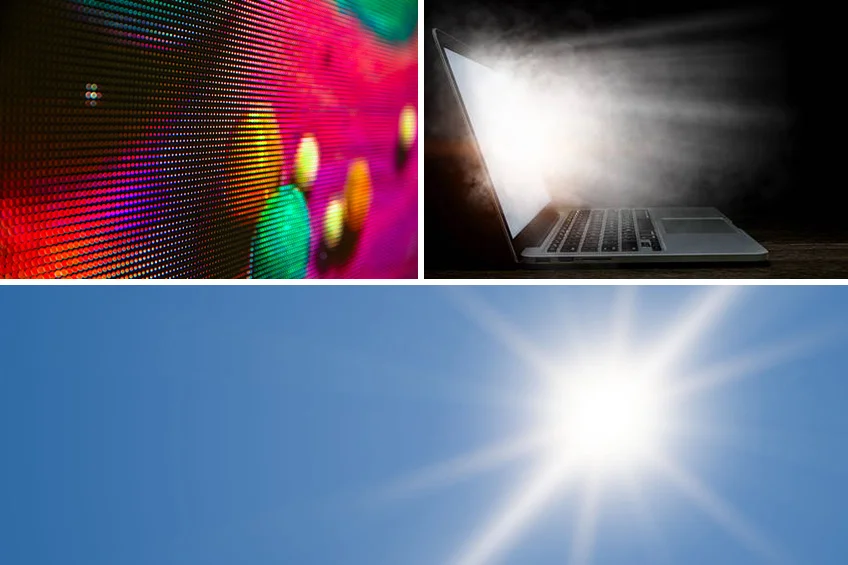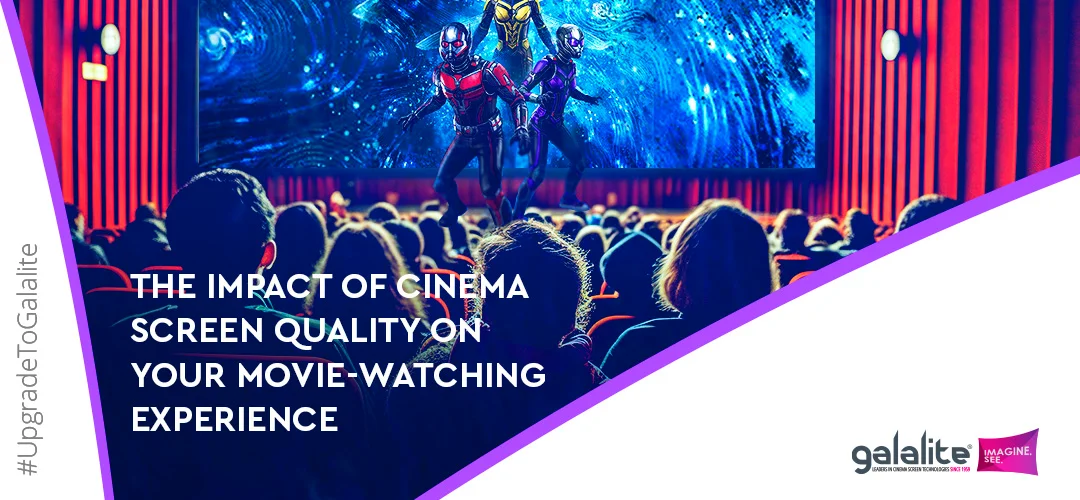
Every day our eyes are exposed to different colors of light. Similar to the color spectrum, every color has a unique wavelength. There are many types of electromagnetic radiation, one of which is visible light. This is the only type of light that our eyes can see on the visible light spectrum. Some of those light waves can damage the eyes over time. Lights from the sun in the form of ultraviolet light rays can burn the skin, the eyes, and damage your vision. Only the proper eyewear can protect against this light. Blue light as well as a silent killer to your vision and light that many people are unaware of. Each color can have a different impact on our eyes and eye care. This light is found in many electronic devices that many people use each day.
Let’s know and learn about the different lights in the visible light spectrum, what lights to avoid and how you can protect your vision from damage today.
The Visible Light Spectrum
The visible light spectrum can tell you a lot about what it is just in its name: it’s a spectrum of light that we can visibly see. This spectrum is made up of all the colors of the rainbow. On the left, you have red light waves. If we were moving right along a line, you would then have orange light, yellow, green, blue, and then violet, with all of the other colors somewhere in between. The colors we see naturally sit along the visible light spectrum according to how long the wavelengths of energy are.
Red has the longest wavelength, while ultraviolet light has the shortest wavelength. This means that red light doesn’t carry a lot of energy at once, while UV light carries a ton. Sir Isaac Newton discovered that objects don’t inherently have color. An object’s surface actually absorbs some light rays, while reflecting others, which is how we perceive color. We see an object’s color based on the lightwaves it reflects. That reflection then tells our brain what color we are interpreting from a certain object. The color white is a mixture of all of the colors (or a reflection of all of them), while black is the absorption of all the colors (none are reflected).
Ultraviolet Radiation
Ultraviolet radiation is known as UV light for short. This is the light that comes from the sun and the same light that can burn your skin and your eyes without proper sunscreen and eye protection. Many people know that UV light can damage the skin, but most don’t think about the damage this light could cause to the eyes. There are actually 3 different types of ultraviolet light, known as UV-C, UV-A, and UV-B. UV-A and UV-B are the light waves that affect the skin and eyes. UV-C light thankfully gets absorbed by the ozone layers, so it’s not one you have to worry about.
Each light sits somewhere along the visible light spectrum, it’s placement determines it’s wavelength and its energy. We mentioned that UV light has the shortest wavelength, which means it has the highest energy, which makes it highly damaging to your eyes. Never look directly at the sun or you could do permanent damage to your vision! Always wear sunglasses that block out damaging UV rays. You will know if sunglasses do just that because they will say “100% UV protection” or something similar. Many dollar-store glasses and even over-the-counter sunglasses do not carry this protection. You can find proper sunglasses through an optometrist or your eye doctor. These are the best forms of protective eyewear you can find that can even be custom-made to fit your vision prescription.
Blue Light and Your Eyes
Blue light is next to ultraviolet light on the visible light spectrum and is also a light you want to watch out for. Some patients realize the damage UV light can do to their eyes but have no clue that blue light is damaging their vision on an everyday basis. Blue light rests next to UV light on the visible light spectrum, so it has a high amount of energy as well. We receive some of this light from the sun in healthy doses. That amount of blue light helps to stabilize our circadian rhythm, or what helps the body and mind to be able to sleep at night. Too much blue light can disrupt the sleep cycle or cause a myriad of other problems.
Blue light can cause the Digital Eye Strain. This is also known as “Computer Vision Syndrome”. Both define the eye and vision-related conditions that stem from the hours your eyes are focused on a screen, whether that be a computer, tablet, or cell phone. These are some of the most common sources that cause damage to the patient’s eyes. Other sources include laptops, electronic devices, LED and fluorescent lighting, and the sun. Over time, too much blue light can cause macular degeneration. This is a serious eye condition that damages your retina to the point where you eventually go blind. Millions of people in the future are expected to develop macular degeneration because of the high use of electronic devices that use blue light.
Protect Your Eyesight
So what can you do? Thankfully, protecting your eyesight isn’t hard! For UV light, you simply need proper sunglasses, which you can get through your eye doctor. For blue light, you can invest in blue-light glasses (which are computer glasses). These can be found through your eye doctor or online. Protecting your eyesight with both forms of glasses can save your vision in the long run and can prevent many visual problems that so many people have today.
It is our pleasure to express that Galalite Screens completes it’s 60 years of a successful journey in providing innovative cinema screen technologies, so in order to celebrate this happy moment, we collaborate with Sightsavers India for the campaign called ImagineSee.org. The main purpose of this campaign is to aid the visually impaired children and to share awareness about preventive blindness. We welcome you to join this initiative, together let’s make them see too. And also let’s take care of our own eyes as well, from different lights.
Related articles



